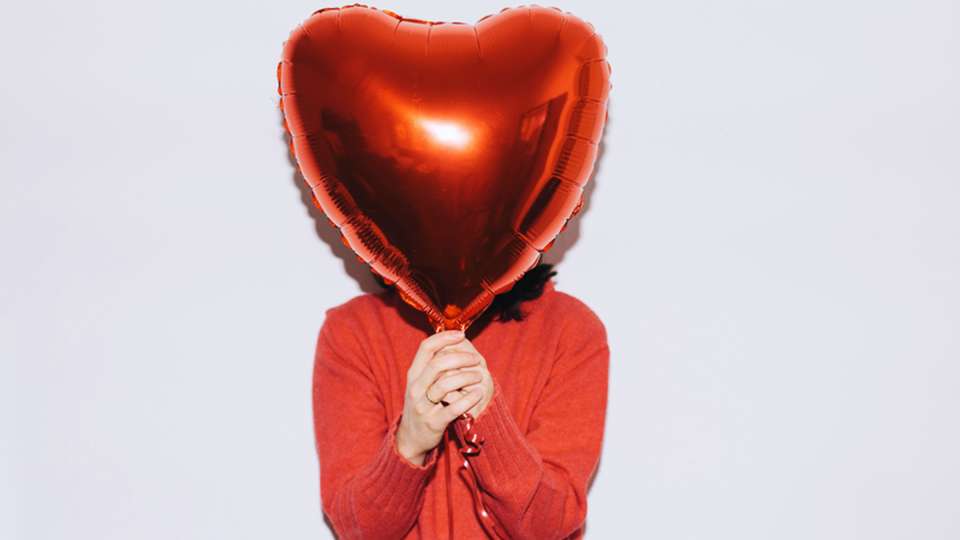
It’s that feeling when a mysterious someone catches your eye and you’re suddenly drawn to them. Or the ball of nerves and excitement that settles in your gut when you get a text from your crush. Or the connection you feel after a long day when you get home and hug your spouse.
Love and attraction are often described by poetry or art, but those sparks can also be viewed through a scientific lens — and traced back to chemicals in your brain.
“Love is the result of chemical changes that happen in the brain when we meet someone and feel that connection,” says Larry Zweifel, UW Medicine neuroscientist. “There are long-term changes in our brain when we connect with someone that link us to those individuals, sometimes for life. I think that’s tremendously fascinating.”
Brain chemistry triggers attraction and the feeling of falling in love
Call it a chemical meet cute.
When you first meet someone, your brain responds by releasing chemicals in your brain — including dopamine, serotonin and norepinephrine — that create feelings of motivation, desire, pleasure and arousal.
“First impressions are really important because that’s when we establish that the individual we met is receptive to social interaction and engaging with us,” Zweifel says. “If there’s a connection there, it’s really those first few seconds and the body language and nonverbal communication, as well as the verbal communication, which makes that connection that drives us to engage in the future.”
This is why you can feel drawn to somebody on first meeting them — and why there are some folks who bring up an instant, gut-response no.
“It’s how the brain processes those initial responses and that social feedback that determines whether or not we’ll engage with another individual again in the future, or whether we will do our best to avoid them,” Zweifel says.
So, is love at first sight real? It depends on your definition of love. But a rush of dopamine and serotonin (key neurotransmitters that drive sensations of pleasure and reward) at first sight is certainly possible.
Being in love rewires your brain
If things go well and you start spending more time with your crush, your brain responds by producing more chemicals.
“It’s reinforcing,” Zweifel says. “Your brain is like, ‘OK, I can approach this person and they’re receptive, so in the future, if I see this person again, I know that I can approach them and talk to them.’”
As you get to know that special someone, the mix of positive social cues and physical touch can cause your brain to release oxytocin, a neurotransmitter that changes your brain to help you form bonds and leaves you with a sense of overwhelming contentment.
Scientists have seen the effect of a flood of oxytocin on the brain in prairie vole, a type of rodent which, when partnered, form monogamous bonds afterward.
“In humans, we think it’s a very similar action. When we meet someone and we find a connection, there’s an increase in oxytocin. This rewires our brain so that now we have an emotional attachment to that individual,” Zweifel says.
Stress can cause chemical (and relationship) breakdown
Just as chemicals can rewire your brain when you’re in love, stressors can break down those bonds and reshape your brain, too.
“Stress is something that can really put the brakes on our positive emotions,” Zweifel says.
Work, family, money and infidelity are all stressors that can erode the bonds formed by oxytocin and other related chemicals, and ultimately rewire your brain.
“If something causes stress, it’s going to reduce those reinforcing and rewarding signals that are motivating us to socially interact with the people that we care about. It can actually have the opposite effect,” Zweifel says.
That doesn’t mean you should run for the hills at the first signs of stress. Chemistry can help spark connection, but in the end, working through the ups and downs is what builds deep, meaningful relationships.
Chris Talbot and Emily Boynton contributed to this article. A version of this story originally appeared on the UW Medicine Newsroom.

 Healthy ideas for your inbox
Healthy ideas for your inbox





